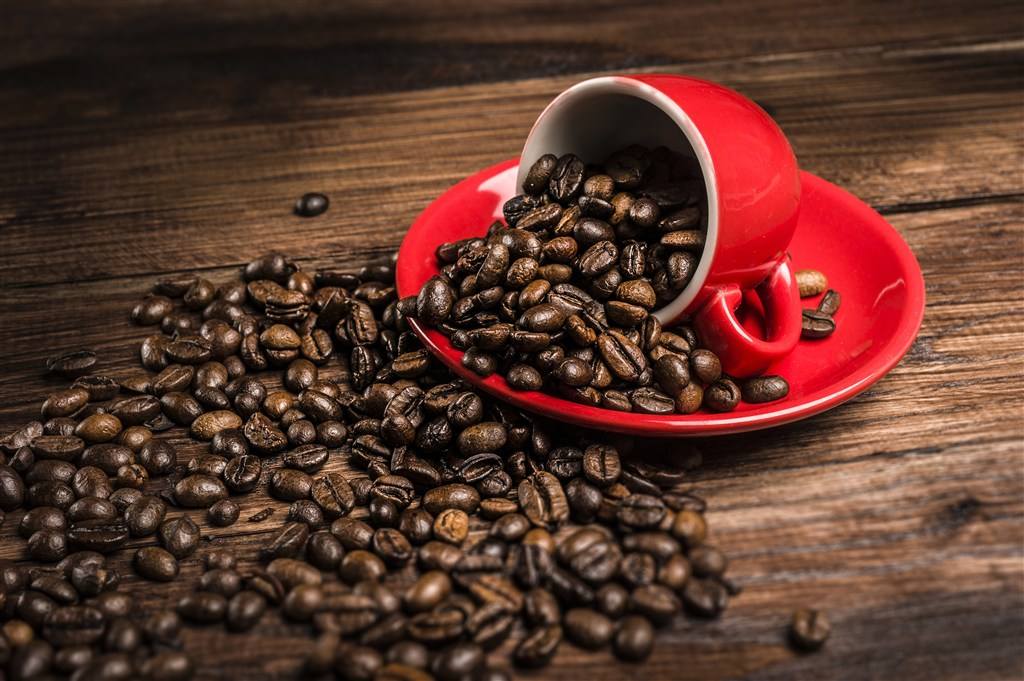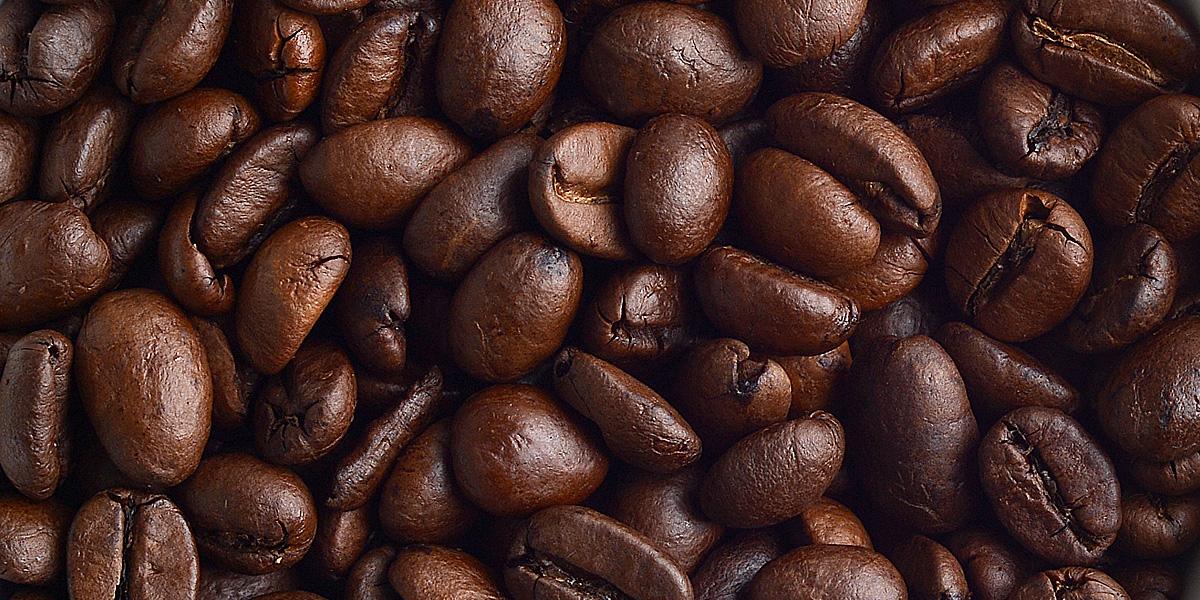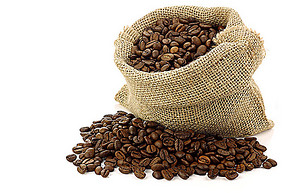A brief introduction to El Salvador Hot Spring Coffee
Follow the caf é (Wechat official account vdailycom) and found that Beautiful Cafe opened a small shop of its own.
El Salvador, with its upland topography, is the smallest country in Central America, flanked by Guatemala and Honduras. Because there are two parallel mountains in the country, the volcanic soil is rich in minerals, and this special geographical environment makes El Salvador suitable for growing coffee.
The coffee tree in El Salvador is Arabica, and there are mainly Bourbon and Pacas. Its coffee taste is refreshing and balanced, which is divided into three grades according to altitude, namely SHG (Strictly High Grown), SG (High Grown) and SC (Central Standard).
It is worth mentioning that the Santa Teresa Coffee Manor in El Salvador produces a kind of hot spring coffee, which gets its name from the use of hot spring water for washing treatment. Its special and supple sour taste and sweet smell are very charming. Because of its low output and high unit price, it is a very distinctive coffee.
The coffee variety of Santa Teresa Coffee Manor is Pacamara (hybrid of Bourbon and Maragogype), flowering period: April to May, harvest time: December to March, washing, natural drying. Santa Teresa Coffee Manor is located with fertile volcanic soil and rich natural hot springs. The water temperature of the fountain is 85 degrees. A 2-inch pipe is used to direct the water to six hot spring pools at different elevations. The temperature at the sixth hot spring pool is 32-34 degrees, and then the cooled hot spring water is used to process raw coffee beans. This hot spring water keeps flowing all the year round, and the local people drink it. It has a pH of 8.02 and contains ingredients that make coffee sweet.
The coffee growing industry in El Salvador was affected and devastated by the Nicaraguan Revolution in 1979, which led to the abandonment of many coffee producing areas, resulting in a sharp decline in production and did not begin to recover until the 1990s. Affected by the civil war, the farm was unable to introduce new varieties, so it had to continue to cultivate bourbon species, accounting for about 70% of the total planting.

El Salvador has a tropical climate of half a year in the rainy season and half a year in the dry season. As far as climatic conditions are concerned, El Salvador is very suitable for growing coffee. There are many volcanoes in the area, and almost all of the coffee is grown on the hillside of the volcano.
El Salvador has a sudden bourbon mutant Pacas and a large Pacamara hybrid of Pacas and Maragogype, which has a clear acidity and aroma similar to Tibica, and has attracted considerable attention in recent years. All the coffee grown in El Salvador is Arabica, of which bourbon accounts for the majority, while the sudden mutant Pacamara accounts for a small percentage of the total. The Carmen Manor, owned by the former Prime Minister of El Salvador, chose to grow Pacamara at a higher altitude. The exquisite work here takes into account the natural environment and ecological protection, using semi-washing refining, and with daylight drying method.
Carmen Manor has a very high rating and has a Class A certification in the rating of the Rainforest Conservation Union, a coffee sustainable resource certification group. Coffee beans in El Salvador are graded by altitude, from the highest highlands (Strictly High Grown=SHG) of more than 1200 m to the lowlands of 500m and 590m (Gentral Standard=CS).
Important Notice :
前街咖啡 FrontStreet Coffee has moved to new addredd:
FrontStreet Coffee Address: 315,Donghua East Road,GuangZhou
Tel:020 38364473
- Prev

Coffee farmer in El Salvador: Aida Batlle
Following Cafe Review (official Wechat account vdailycom) found that the Cafe Beautiful Cafe opened a small shop of its own in El Salvador Coffee Farmer: Aida Batlle moved back to El Salvador from the United States to become a coffee farmer, basically foresee that if you can plant coffee for more than four generations in your family, you will become a coffee farmer, too. But for Aida, the situation is a little special.
- Next

Introduction of high quality Nicaraguan coffee
Nicaragua is located in central Central America, bordered by the Pacific Ocean to the west and the Caribbean Sea to the east. The highlands in the north and the coastal plains in the east are part of the Central American volcanic belt. The eastern plain is high-temperature and rainy, with a tropical maritime climate. The suitable climate provides an excellent growth environment for the cultivation of coffee. High-quality Nicaraguan coffee, grown in the north and middle of the country. Coffee is Ni.
Related
- Detailed explanation of Jadeite planting Land in Panamanian Jadeite Manor introduction to the grading system of Jadeite competitive bidding, Red bid, Green bid and Rose Summer
- Story of Coffee planting in Brenka region of Costa Rica Stonehenge Manor anaerobic heavy honey treatment of flavor mouth
- What's on the barrel of Blue Mountain Coffee beans?
- Can American coffee also pull flowers? How to use hot American style to pull out a good-looking pattern?
- Can you make a cold extract with coffee beans? What is the right proportion for cold-extracted coffee formula?
- Indonesian PWN Gold Mandrine Coffee Origin Features Flavor How to Chong? Mandolin coffee is American.
- A brief introduction to the flavor characteristics of Brazilian yellow bourbon coffee beans
- What is the effect of different water quality on the flavor of cold-extracted coffee? What kind of water is best for brewing coffee?
- Why do you think of Rose Summer whenever you mention Panamanian coffee?
- Introduction to the characteristics of authentic blue mountain coffee bean producing areas? What is the CIB Coffee Authority in Jamaica?

